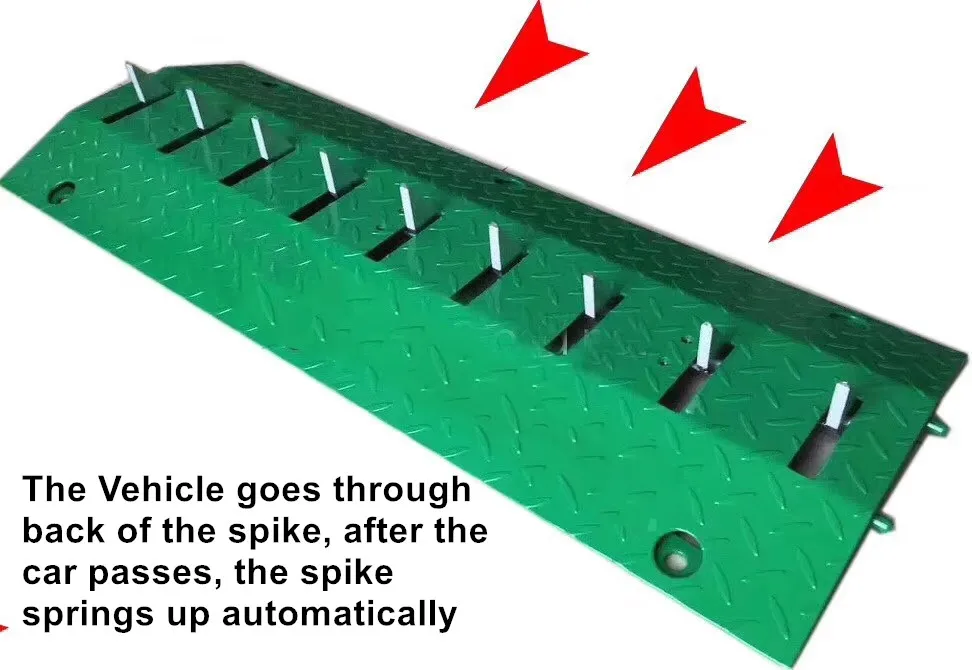KGUN 9 On Your SideNewsOperation Safe Roads
Spikes meant for dangerous driver
Spikes meant for dangerous driver
By: Craig Smith
Posted at 8:05 PM, Nov 16, 2021
and last updated 2021-11-16 22:05:24-05
TUCSON, Ariz. (KGUN) — Spike strips are supposed to give law enforcement a good way to stop dangerous drivers. But an innocent driver says DPS and spike strips put her and other drivers in danger.
When you’re driving, you have enough to worry about from other drivers but a Tucson woman says Arizona DPS did something that disabled her car and left her by the side of the road.
Kim Egita says on Saturday she was headed up I-10 to celebrate her mother’s birthday. She says near Casa Grande she saw other drivers hit their brakes as a DPS trooper crouched near the side of the road.
“And in a split second I went over whatever was in the road and realized something horrific happened. At that moment, putting two and two together, realizing my tire or later find out two tires are flat, trying to navigate my way off the freeway going 70-75 miles an hour with someone very close behind me, which I later realized was the suspect.”
She says that suspect was someone DPS was trying to stop using a spike strip. It plunges hollow spikes into a tire to let the air out and force a driver to stop. In a demo recording from a spike strip manufacturer, the officer pulls the strip back as soon as the right car hits the spikes. Kim Egita says the suspect kept going but she and several other drivers had to struggle to pull over without having a wreck.
“There was a woman in front of me who also had a flat tire. She was traveling with a friend who was further back going up to Phoenix who identified six other cars that she counted on the side of the road and I later learned this was a 31 mile pursuit that started about in Eloy or Picacho Peak.”
Egita feels by setting spike strips on a busy freeway DPS needlessly put innocent drivers at risk.
The agency’s own general orders on pursuits says in part: “All personnel involved in a pursuit shall continually evaluate the nature and seriousness of the offense(s) against the risk of initiating and continuing emergency vehicle operations and shall recognize the safety of the public is the primary concern.”
DPS troopers did come to check on her.
Egita says, “You know, it's just disappointing that the response from them was sorry, this happened. Glad you're okay.”
She says troopers did call a tow truck to take her car to a tire shop. But between tow truck fees and new tires Egita says she was out more than seven hundred dollars. She’s had to file with DPS to try to get that money back. There’s no getting back the fright of a flat at high speed, the hours required to get back on the road, or the birthday party for her mom.
Mid-afternoon Monday, KGUN 9, asked DPS to comment on this case and explain its spike strip policies. As of early evening Tuesday, we have not received any answers.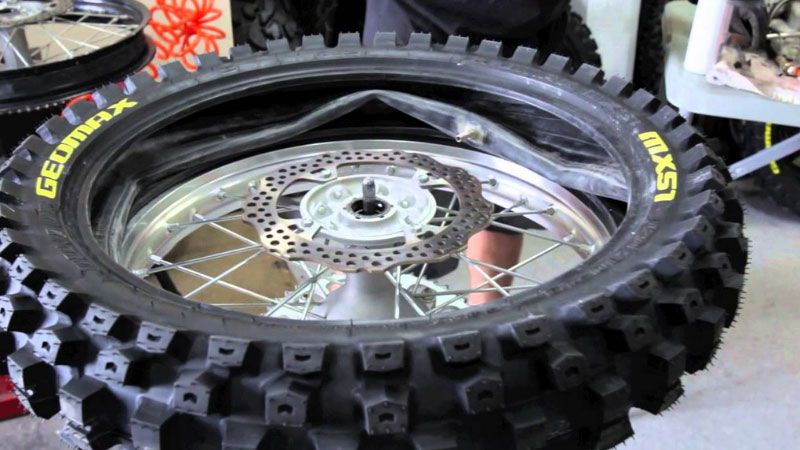
Copyright 2021 Scripps Media, Inc. All rights reserved. This material may not be published, broadcast, rewritten, or redistributed.
Report a typo
Etsy is no longer supporting older versions of your web browser in order to ensure that user data remains secure. Please update to the latest version.
Take full advantage of our site features by enabling JavaScript.
(57 relevant results)
How to break in studded tires correctly so that you don't feel a loss of efficiency in winter.
Winter came - change your shoes and go. This rule is familiar to all drivers. However, with the advent of studded car tires, it had to be replaced with a new version: “Change your shoes, break in the tires and go wherever you want.” After all, even very expensive tires will let you down without running in - no manufacturer can guarantee uniform immersion of the studs into the tread. Therefore, every driver must learn the rules for changing seasonal tires and the subsequent running in of a winter or summer model.
As a general rule, summer tires are replaced with winter car shoes with the first cold snap, when the temperature drops below +7 °C. This recommendation is followed by both Europeans and Americans. After all, the summer tread loses elasticity even before the onset of serious frosts. Therefore, in place of hard tires for the warm season, soft models for winter are put on car rims.
Winter tire can be studded and smooth.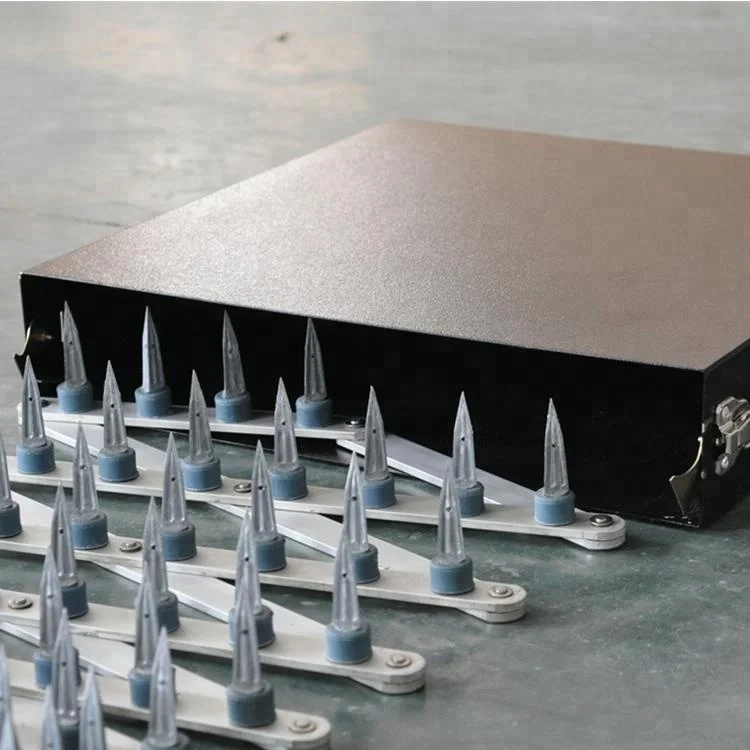 According to the tread pattern, models for winter are divided into European (with a V-shaped notch) and Scandinavian (with diamonds and squares) options.
According to the tread pattern, models for winter are divided into European (with a V-shaped notch) and Scandinavian (with diamonds and squares) options.
Smooth European-style Velcro is chosen by residents of the southern regions or city dwellers living in the neighborhood with a well-established public service. They are designed for clean asphalt. The studded version is needed for driving on packed snow and icy roads. On such a track, a studded tire reduces braking distances by 25-30% and improves handling during difficult maneuvers, sharp turns or fast lane changes.
Running in studded tires is a mandatory procedure recommended by all winter tire manufacturers. The reason for this recommendation is hidden in the technological miscalculation - no manufacturer can insert studs into the tread, maintaining the same depth of immersion. And although the spread in the height of the stud above the tread level does not exceed hundredths of a millimeter, this defect is enough to reduce the driving characteristics and controllability of the car.
To avoid trouble on the road, the driver will have to run in a studded tire, driving on a winter road at low speed and without sudden maneuvers. Under the weight of the car and passengers, the spikes will fall into place, after which the driver can forget about all the restrictions and return to his usual driving style.
If you haven't experienced studded driving, running in will help you get used to the new acceleration and braking dynamics.

If you forgot to record the odometer reading - don't worry, you can track the duration of adaptation, focusing on the running indicator. On any new studded tire, you can see the indicator notch that surrounds the metal insert. When the indicator wears off on the asphalt, studded tires are considered ready for long trips.
The process of monitoring the indicator involves a thorough inspection of the tread. You can get additional benefit from this action by cleaning the tread with new spikes from pebbles and other foreign objects stuck in the cut. In addition, another control operation can be timed to the inspection of the indicator - checking the tire pressure.
If you put your car in a studded model, the tire pressure must correspond to the norm prescribed by the manufacturer. Too much or too little pressure causes the studs to fall out at the center or edges of the tread. Such a wheel is erased to the "bald head" during one winter season. A properly inflated tire will last 3-4 winters.
The correct pressure is determined by the vehicle manufacturer. Controllability, cross-country ability and even fuel consumption depend on this indicator. Therefore, the correct pressure depends on the weight of the machine, the permissible speed and even the time of year.
The correct tire pressure can be found in the manufacturer's manual or on a decal affixed under the gas cap or on the driver's door pillar. Moreover, this indicator is tied to the dimensions of the tire (diameter and width), the expected load and whether the wheel belongs to the front or rear axle.
Therefore, several values \u200b\u200bare indicated in the table (in bar or kgf / cm2) and if you are going to break in tires in the winter, you will not only have to pump up the tire to the correct pressure, but check this indicator at least once a week using a pressure gauge. Otherwise, the studded tread will lose most of the metal elements and will not be able to keep the car on ice.
Too much or too little pressure causes the tread indicators to wear unevenly.
Winter Drive protection
Tires Goodyear UltraGrip Arctic 2 SUV
Winter Drive protection
Rating:
4. 5
5
Tires Goodyear UltraGrip 600
Winter Drive Protection Sound Comfort
Rating:
4.5
Tires Goodyear UltraGrip Ice Arctic
Winter Drive protection
Tires Goodyear UltraGrip Arctic 2
Winter Drive Protection Sound Comfort
Rating:
4.5
Tires Goodyear UltraGrip Ice Arctic SUV
Winter
Rating:
4
Tires Goodyear Cargo UltraGrip 2
Even if you can boast of the right driving style, without skidding, slipping and other extreme sports, when choosing a route for running in a studded tread, you will have to follow these recommendations:

Of course, such ideal road conditions are found only in large cities, but a good road can also be found in the regions. Therefore, try to erase the indicator on such a coating. In this case, the studded tread will last you twice as long as the rubber run in potholes and pits.
The use of new rubber compounds in tires reduces the period of adaptation of tires to the road, but neither winter nor summer tires can do without a break-in. True, for summer wheels, the adaptation period is 2-5 times shorter than for the winter version.
If you want to break in a new tire in winter, according to the rules, you will have to drive at least 500 kilometers at a speed of up to 60 km / h, spending 8-9hours. Summer rules are not as strict as winter recommendations: the speed limit is increased to 80-100 km/h, and the recommended distance is reduced to 100-200 kilometers. As a result, winter rules suggest erasing the indicator in 8-9 hours, and summer recommendations - in 1-3 hours.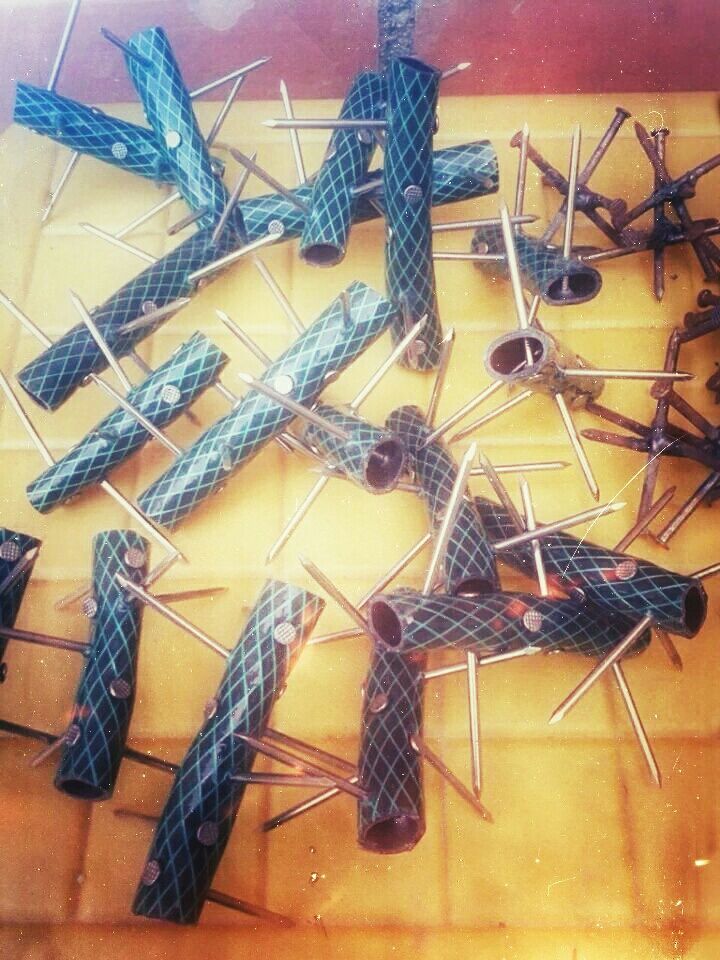
Regarding the requirements for driving style, the rules are unanimous - during the break-in of new tires, the driver must maintain a calm driving style.
To sum up all the break-in rules, the final recommendations can be reduced to three pieces of advice:
If you don't know where the wear indicator is located, ask your auto parts and accessories store manager. If you are afraid to make a mistake when checking the pressure - do not trust your pressure gauge, contact any car service.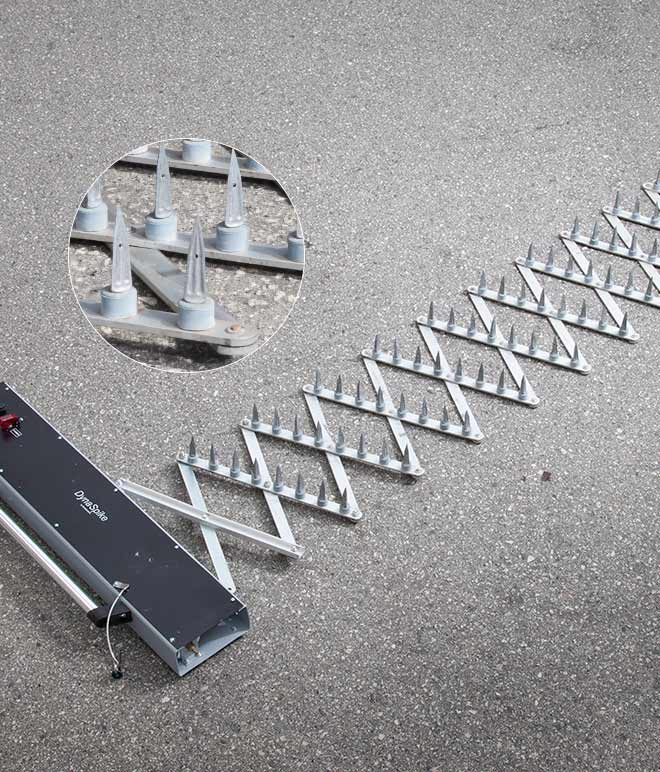 Some of the recommendations may seem like overkill to you, but the loss of time and money will be justified by twice the life of your winter tires. Just do not try to drive the entire 1000 kilometers at once - this distance must be divided into 4-5 stages, allocating 3 hours for each.
Some of the recommendations may seem like overkill to you, but the loss of time and money will be justified by twice the life of your winter tires. Just do not try to drive the entire 1000 kilometers at once - this distance must be divided into 4-5 stages, allocating 3 hours for each.
About ten days ago we launched a survey to determine what kind of tires most Russian drivers prefer to use in winter. It cannot be said that the results were very surprising, but some positions raise at least questions. The list of proposed options was simple and banal: spikes, not spikes, all the same and all season. More than 5 thousand users took part in the voting. Moreover, 58.7% of them prefer studded tires, 26.6% - Velcro, 5.4% - undecided and 93% do not use winter tires at all.
In the second half of the 2000s, Russian parliamentarians seriously set out to oblige compatriots to use exclusively seasonal tires. The initiative did not pass, because our country has a very wide geography. But not because it is initially a bad idea, but because of the stubbornness and lack of flexibility of the authors of the bill.
But not because it is initially a bad idea, but because of the stubbornness and lack of flexibility of the authors of the bill.
On the one hand, winter tires somewhere in the subtropics are a priori a waste of money, since snow falls there hardly more often than earthlings see a total lunar eclipse. In this regard, it can be assumed that the same 9with a small percentage - users living in the southern regions of Russia, who need such tires only a couple of times per calendar year. On the other hand, these two or three times may be enough to save your life, health and car.
We all remember very well how, at times, the southern Volgograd region completely fills up, and in Astrakhan snow and ice happen quite regularly. Krasnodar, Stavropol, the North Caucasus ... That bill failed due to harsh criticism from representatives of these regions, since the deputies proposed fixing the timing of tire changes at the federal level. That is, a resident of a conditional Naryan-Mar the same Stavropol to burn winter tires on dry asphalt at plus twenty Celsius.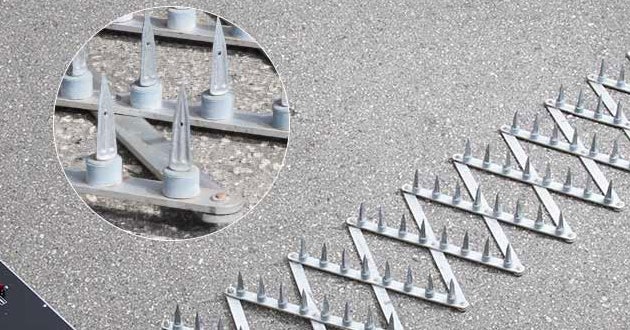
The second slippery moment of our survey is the third position, where almost 6% of drivers said that they don't care what kind of tires they drive, the main thing is that it's cheaper. This approach also has the right to exist, if you do not take into account the quality factor.
I don’t know about others, but in my case frankly budget winter tires didn’t last more than a season and a half, while tires of a decent brand have been holding for the fourth year already. I deliberately do not name the brand, so that I would not be accused of advertising. Moreover, I note that this applies to both "winter" and "summer". Moreover, it is not at all necessary to pay for premium wheels. The same Goodyear, Michelin, Continental, Kumho or Yokohama have a wide range of affordable models that are only slightly more expensive than Russian-made or Chinese-made wheels.
However, here everyone will have to think “on their own wallet”, but we would not recommend saving at all: overpaying 10-20% for twice as much resource is a good deal.
However, the financial component is not the ultimate truth. Let's be honest: high-quality rubber not only wears out longer, it works better - it holds the road better, clings to the spikes, loses them less, removes water from the stain more efficiently ... And it is at this moment that we, in fact, move on to the differences between spikes and Velcro.
So which is better and more efficient? There is no single answer, and probably never will be. The Finns prefer studded tires, but their entire infrastructure is tailored for this type of tires: our neighbors do not clean winter roads dry, practically do not use reagents, preferring to use road equipment to level the roll that forms over time, sometimes flavored with granite chips.
By and large, there is only one reason for this - ice. Moreover, not only the one that lies on the asphalt, but also the one that forms on the rolled snow, for example, due to its thawing in sunny weather. The spikes and granite chips essentially act like sandpaper and grind the top layer like knives in a kitchen blender, after which the tread comes into play.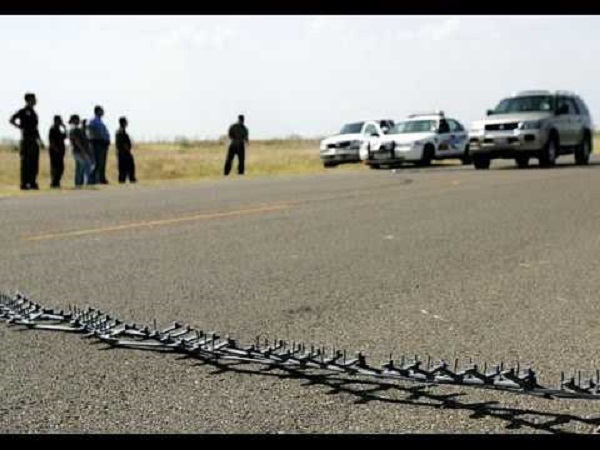
The difference between studs and velcro is best seen in an icy corner where non-studded tires simply slide off the track. But with undeniable advantages, spikes have a lot of disadvantages. Firstly, such tires make a lot of noise and wear out faster, since they are made from softer rubber (the fact is that they are designed for lower temperatures). Secondly, they do not work well on clean asphalt (due to a decrease in the contact patch due to the height of the stud).
The main problem is that already at plus 5-7 degrees Celsius they begin to overheat and intensively lose spikes, without which they lose most of their advantages. It is important to understand here that a spike left without spikes does not turn into Velcro, because its tread is designed according to slightly different parameters and is intended for slightly different operating conditions.
In Central Europe (it is not used at all in Southern Europe), Velcro is used. But the climate there is somewhat different: snow falls, but usually they don’t lie on the roads for half a year.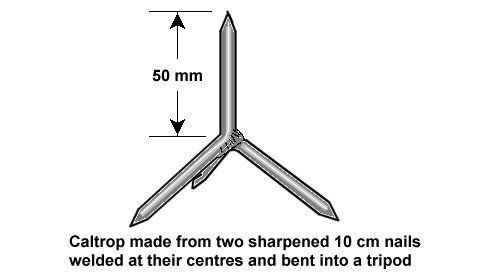 Therefore, most of the time, cars can drive on wet, but still asphalt. And the spikes, in this case, no matter how modern they are, work like skates. This is the main reason for the ban on such tires in the region, and not the notorious wear of the coating.
Therefore, most of the time, cars can drive on wet, but still asphalt. And the spikes, in this case, no matter how modern they are, work like skates. This is the main reason for the ban on such tires in the region, and not the notorious wear of the coating.
Against the backdrop of an impressive "minus" list of spikes, Velcro looks preferable, but here, too, everything is not so simple. Yes, there are more pluses here: it makes less noise, wears out less and holds asphalt better ... Nevertheless, it noticeably loses to spikes on ice and tans earlier in the cold, noticeably losing grip. Both that and another in central Russia (and even more so in the northern regions of the country) can be very critical, since our road services usually do not differ in quickness.
Is it possible to give an unambiguous answer to our question? Alas, no. If you live in Moscow, St. Petersburg, a large regional city, without leaving it at all, by and large there is no purchase of studded tires, since 99. 9% of the time you will drive either on dry or filled with reagents on asphalt. By and large, the same applies to those who live in the Southern Federal District or the Caucasus.
9% of the time you will drive either on dry or filled with reagents on asphalt. By and large, the same applies to those who live in the Southern Federal District or the Caucasus.
Now, if in your region the road builders prefer the “Finnish version”, there is, in general, no alternative to studs. There is no it even if you leave the city at least a couple of times a month. Yes, spikes may only really be needed a couple of times per season. You may not need them at all, but if you do need them, buying such rubber will surely pay off with interest. Even with faster wear.
Personally, I have been driving for more than a decade and a half, moreover, due to the peculiarities of the profession, the average annual "mileage" is almost equal to the "mileage" of a Moscow taxi driver. During all this time, the spikes were needed a number of times. At the same time, I can remember about a dozen cases when they were needed, but the wheels were “shod” with Velcro. I usually talk about two things: about how I was blown from the left lane to the right lane by a strong crosswind on a four-lane road (in the city), and also about how I spent about an hour getting out of a parking space, which turned into a giant piece of ice over the winter.